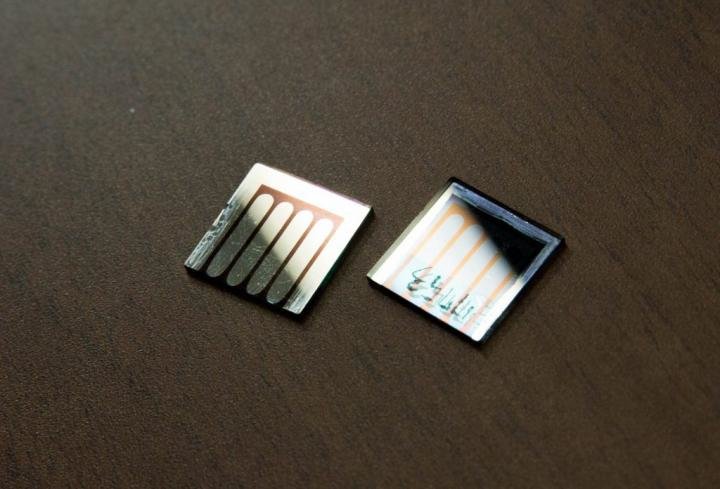A team of scientists based in South Korea has developed a method for the production of stable perovskite solar cells, using a fluorine based nano structure. The cells incorporate a structure which utilizes edged selectively fluorine functionalized graphene nano platelets, which fully covers the active perovskite layer, prevent the ingress of moisture which can quickly cause the cells to degrade.
Results published in the journal Nano Letters show that cells incorporating the fluorine nano platelets retained 82% of their initial efficiency after 30 days exposed to the air without encapsulation.
For comparison, the researchers also created a similar nano platelet structure using graphene, and found that the perovskite solar had entirely degraded after 10 days.
The cells were constructed using a solution process, whereby the perovskite materials are coated onto a thin, flexible film. This could simplify manufacturing processes, and make the cells suitable for a variety of integrated applications, according to UNIST.
“This study overcame weakness of perovskite solar cells that have high efficiencies but low stability,” says Professor Jin Young Kim. “This breakthrough holds substantial promise as the base technology for the application of the next-generation solar cells, as well as various IoT devices and displays.”
Solar researchers at UNIST recorded another breakthrough in perovskite research earlier in 2017, recording efficiencies as high as 22.1% for 1cm² perovskite solar cells.
This content is protected by copyright and may not be reused. If you want to cooperate with us and would like to reuse some of our content, please contact: editors@pv-magazine.com.




One day, technologies like this will solve the world’s environmental problems
Sujay Rao Mandavilli
They have got 22.1% PCE for small area!